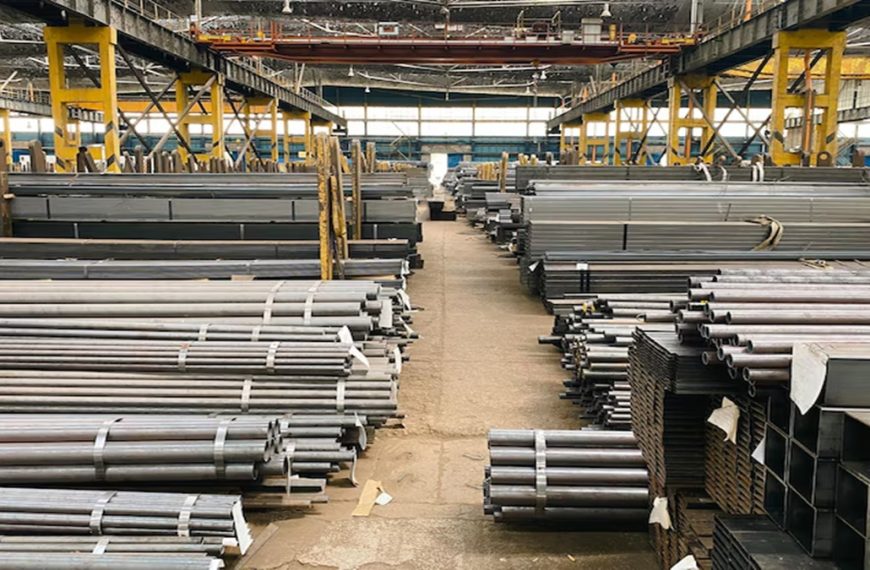After nearly ten years of absence, the British-Australian mining powerhouse, Rio Tinto, is making a strategic return to India, aiming to transform the aluminium sector with substantial investments. This comeback is bolstered by a newly signed Memorandum of Understanding (MOU) with AMG Metals & Materials, focusing on the feasibility of a primary aluminium smelter with a potential capacity of 1 million tonnes per annum (Mtpa), alongside 2 Mtpa of alumina production. Both companies have emphasized that these projects will utilize renewable energy sources, specifically wind and solar, backed by pumped hydro storage.
Exploring Aluminium Production in India
The collaboration will kick off with a study to evaluate a 500,000 tonnes per annum aluminium smelter in a favorable location in India. Details regarding investment figures or specific sites remain undisclosed, but this initiative represents a pivotal step in revitalizing India’s stagnant bauxite production, which has struggled in the past decade.
- India’s Aluminium Landscape:
- Second-largest producer globally.
- Third-largest consumer of aluminium.
- Demand is projected to double within the next ten years.
- Current market stands at approximately 5 Mtpa.
A Strategic Move Amidst Regulatory Changes
The resurgence of Rio Tinto comes at a crucial time, especially after India’s 2015 policy aimed at increasing private investments through auctioning non-fuel mineral rights. However, the pace of progress has been slow. It’s yet to be confirmed whether Rio Tinto will pursue upstream integration by investing in bauxite mining.
Commitment to Low-Carbon Aluminium
Rio Tinto’s Aluminium Chief Executive, Jérôme Pécresse, highlighted the significance of this study in expanding the company’s commitment to low-carbon aluminium production. He pointed out that India’s rapid economic growth and strategic geographical position make it an attractive location for this venture. The partnership with AMG Metals & Materials will enable the exploration of cost-effective, renewable energy-powered aluminium production methods.
- Key Takeaways from the MOU:
- Collaboration on a firmed renewable energy solution with Greenko.
- Assessment of various smelting technologies for cost efficiency.
- Potential to deliver low-carbon metals to support global decarbonization initiatives.
Greenko’s Renewable Energy Initiatives
Greenko, backed by the founders of AMG, is enhancing its operational renewable energy capacity, now at 10 GW across solar, wind, and hydro power. As part of its growth strategy, Greenko aims to establish 100 GWh of single-cycle storage capacity throughout India.
Additionally, AM Green is advancing low-carbon ammonia projects, targeting 5 Mtpa of green ammonia capacity by 2030. Their first plant in Kakinada, with a capacity of 1 Mtpa, is set to become one of the largest compliant green ammonia facilities globally, contributing to net-zero targets in India and OECD markets.
The Future of Decarbonization in Supply Chains
Mahesh Kolli, Group President of AMG Metals & Materials and Greenko, emphasized that this partnership could significantly contribute to the availability of low-carbon aluminium. This initiative is expected to play a crucial role in decarbonizing supply chains across various sectors, including automotive, construction, and consumer packaging.
In conclusion, as Rio Tinto re-establishes its foothold in India, the synergy between advanced technology and renewable energy could herald a new era for aluminium production, aligning with both economic growth and sustainability goals. As the world moves towards greener solutions, this venture could set a precedent for future mining operations globally.











